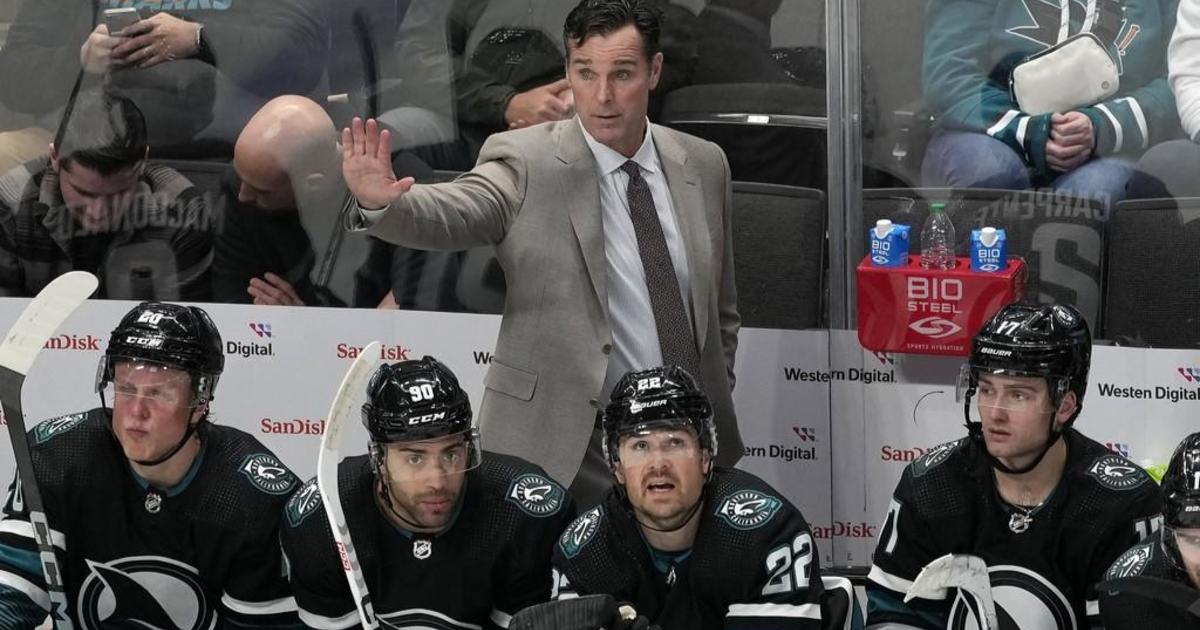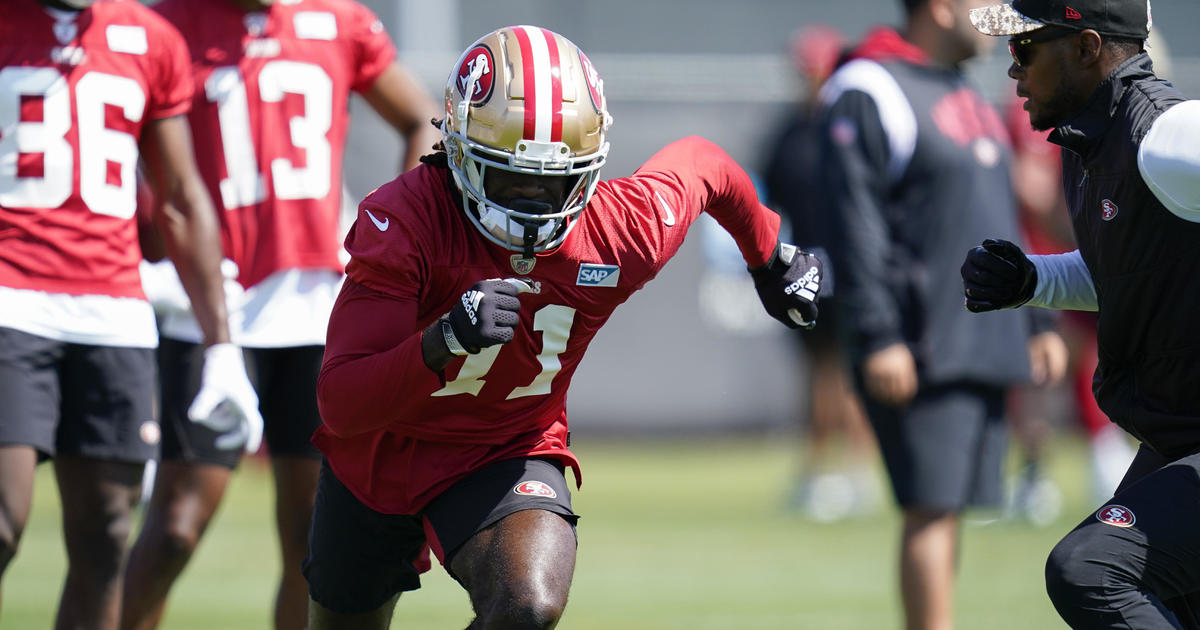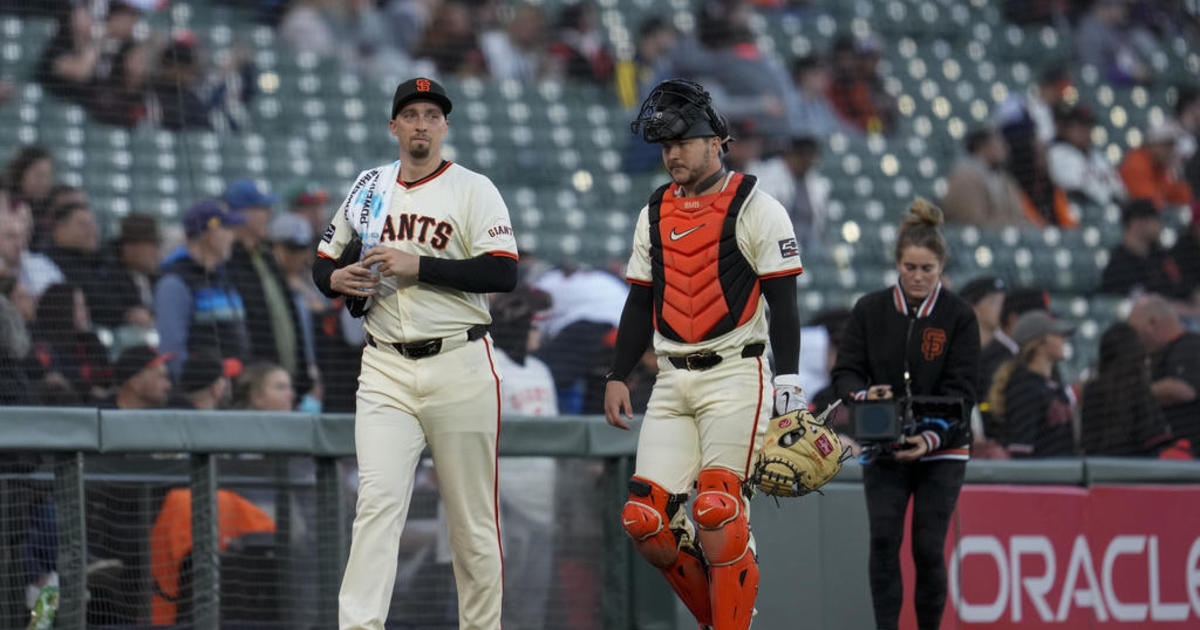KCBS Special Report: 'A Night At SF General' Part 2
SAN FRANCISCO (KCBS)— A pager is going off and it says there's a 15-year-old who has fallen. Almost a third of all ambulance calls in San Francisco go to SF General Hospital's Emergency Room, the only Level One trauma center in two counties.
This center treats 4,000 trauma patients a year, providing care for more than 1.5 million people in San Francisco and northern San Mateo Counties.
Based on past experience, the team is bracing for a busy New Year's Eve. Last year on the holiday the hospital saw an 18-percent jump in patients. The year before that it was 46 percent.
You don't want to end up in the Emergency Room, but if you do, you want someone like Dr. Craig Smollin inside.
"We're diagnosticians. We're trying to sort things out with incomplete information. We're triaging at the same time, figuring out who's the sickest patient here; who's sick, who's not sick? And then we're trying to get them to the next level of care in the hospital," Smollin said.
He added that it's unknown what you'll get in the hospital and that it could range from an exacerbated asthma attack to a gunshot wound. "It's a mixed bag and every time you come to work it's different."
One of their busiest days and nights came this past July 6th when ambulances brought in the first wave of critically injured patients from the Asiana Airlines crash at SFO Airport.
Trauma surgeon Dr. Rachael Callcut was the backup surgeon that day, racing with the rest of her team to the ER to beat the ambulances that brought in those patients.
"Blood transfusions, immediate operations, Intensive Care Unit care, multi-system organ care, spine surgeons, neurosurgeons, orthopedic surgeons and trauma surgeons who operate on pretty much everything in the chest and the belly and the neck," she said rattling off a list of staff needed during the emergency.
Three people died in that crash. SF General treated 67 of the most seriously injured, the largest single disaster the hospital has ever had to respond to.
A Night At SF General Part 2
"None of us have a tremendous amount of experience in dealing with a plane crash. It's not the typical disaster that you prepare for and you get trained for, especially here in San Francisco, we worry a lot about earthquakes and buildings falling down, things like that. So you worry about crush injuries and head injuries. The difference with a plane crash is it's a tremendous force that everyone on the plane feels from the crash," she said
What they may have lacked in experience with plane crashes, they made up for in bedside manner.
"For those of us who were there on that day, we were highly invested in making sure that the patients did as well as possible."
Callcut said it was about 30 to 36 hours before she was able to leave the hospital briefly to rest.
She's only called down to the ER when there's a trauma which on this recent Friday was virtually all night. Hers is a 24 hour shift where you sleep in the hospital until the pager goes off.
"People have asked me a number of times why I wanted to be a trauma surgeon and how I can do this job and be up all night long taking care of patients. I always said that I do this because I wanted to be at the top of my game and this is a place where you get to rescue people from a really difficult situation and very few people get that privilege to have that ability to affect someone's life," she said.
She explained how trauma affects everyone equally when they least expect it and it's their job to get you back to where you were before everything changed.
(Copyright 2013 by CBS San Francisco. All Rights Reserved. This material may not be published, broadcast, rewritten, or redistributed.)



